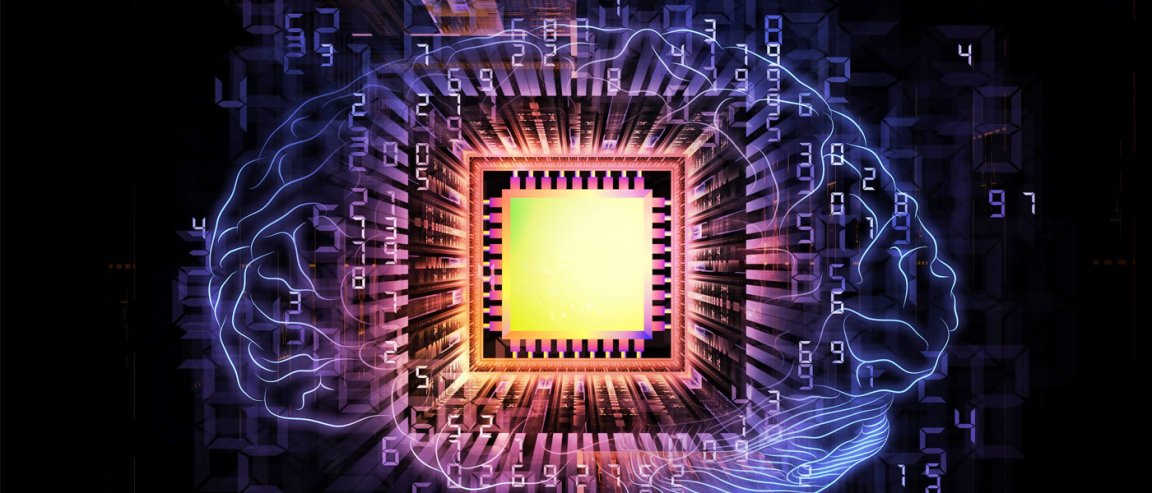
Glassy Carbon
Brain-computer interfaces (BCI) are more advanced now than they’ve ever been, thanks mostly to research that has improved our understanding of how our brains works. BCIs make it possible for thoughts to be translated into machine commands. This has given hope to people suffering from neurodegenerative diseases or those that require the use of prosthetics.

Advanced as they are now, BCIs still mainly rely on implantable chips and electrodes that are placed on the brain’s surface to receive and transmit signals from brain chemicals known as neurotransmitters. Today’s state-of-the-art electrodes, made from thin-film platinum, are highly susceptible to corrosion over time. The Center for Sensorimotor Neural Engineering (CSNE) — a partnership between San Diego State University, the University of Washington (UW), and the Massachusetts Institute of Technology (MIT) — is working on research to significantly improve this technology. Their study is published in the journal Nature Scientific Reports.
Instead of using platinum, the researchers, led by CSNE deputy director Sam Kassegne, developed electrodes built from a form of carbon called “glassy carbon.” “Glassy carbon is much more promising for reading signals directly from neurotransmitters,” Kassegne told San Diego State University. “You get about twice as much signal-to-noise. It’s a much clearer signal and easier to interpret.” Furthermore, because it’s 10 times smoother than granular thin-film platinum, electrical stimulation corrodes glassy carbon more slowly. The material can also last longer than platinum or any other material used for electrodes.
Neural Stimulation and Growth

The researchers think that glassy carbon can do much more than just improve brain signal transmission. They are also using the improved BCIs built using glassy carbon to record neural signals along the brain’s cortical surface and from inside the brain at the same time. “If you record from deeper in the brain, you can record from single neurons,” explained researcher Elisa Castagnola. “On the surface, you can record from clusters. This combination gives you a better understanding of the complex nature of brain signaling.”
Another potential application is even more promising. Mieko Hirabayashi, a student in Kassegne’s lab, is exploring the possibility of using glassy carbon technology to make neural cells in spinal cords grow to replace damaged tissues. Hirabayashi is experimenting with rats to test if this neural growth can be triggered by precisely calibrated electrical stimulation. Without the new glassy carbon electrodes, Hirabayashi wouldn’t be able to stimulate, read the electrical signals from, or even simply detect the neurotransmitters as easily.
With all the successes that existing BCI technologies have produced, it’s not difficult to imagine a future in which a true merging of human and machine is be possible. Improvements such as CSNE’s research bring this future closer to today’s reality.